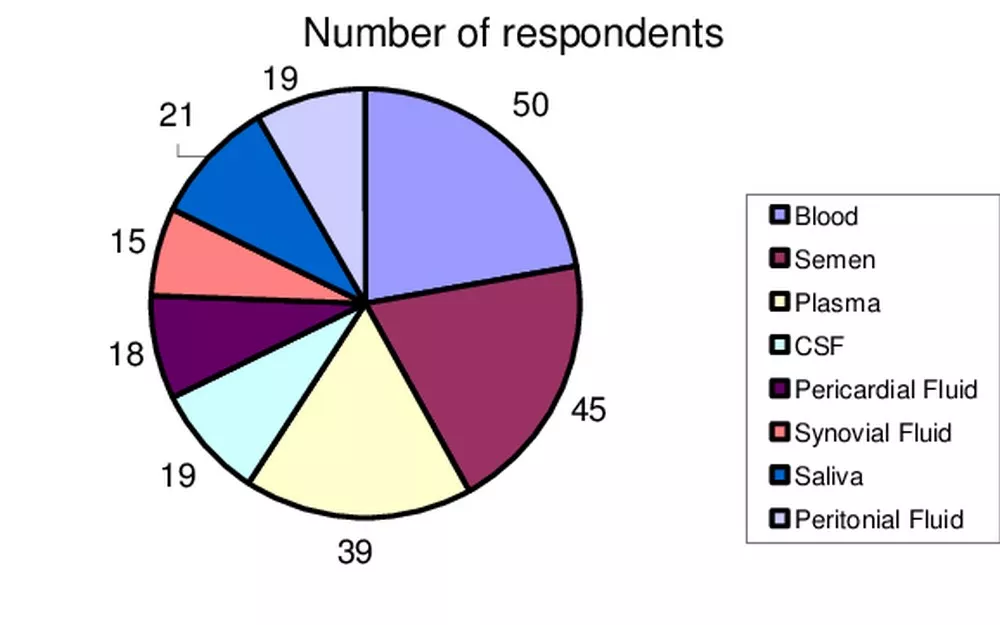The human cost of the HIV/AIDS epidemic is incalculable. According to UNAIDS, the Joint United Nations Programme on HIV/AIDS, 35 million people have died of AIDS-related illnesses since the epidemic began in the early 1980s.
If you’re need to look for best site write about lifestyle, productivity, and happiness, you can always use a service like mypartypost
In 2014, there were an estimated 2.1 million new HIV infections and 1.2 million AIDS-related deaths. The vast majority of these deaths (1 million) occurred in sub-Saharan Africa, where the epidemic has had the most devastating impact.
The HIV/AIDS epidemic has had a profound impact on life expectancy in many countries. In sub-Saharan Africa, for example, life expectancy has declined by more than 10 years since the early 1990s as a result of the epidemic.
The human cost of HIV/AIDS is not only measured in lives lost, but also in the millions of people who are living with the virus. According to UNAIDS, there were an estimated 36.9 million people living with HIV in 2014.
The HIV/AIDS epidemic has also taken a toll on the economies of countries hardest hit by the virus. The World Bank estimates that the epidemic has reduced the GDP of sub-Saharan Africa by as much as 1.5% per year since the early 1990s.
The human cost of HIV/AIDS is incalculable. The epidemic has had a devastating impact on the lives of millions of people and the economies of countries hard-hit by the virus.
It is impossible to know exactly how many lives have been lost to HIV/AIDS. The best estimates come from the UNAIDS, which estimates that around 35 million people have died from HIV/AIDS since the beginning of the epidemic in the early 1980s.
This is a staggering figure, and it is important to remember that behind each one of these deaths is a real person with a family and friends who loved them. It is estimated that around 70 million people have been infected with HIV since the beginning of the epidemic.
While it is true that the number of deaths from HIV/AIDS has been declining in recent years, due to better treatments and prevention, it is still a major problem in many parts of the world. In sub-Saharan Africa, around 24.7 million people are living with HIV, and the disease is still the leading cause of death in the region.
The human toll of HIV/AIDS is not just about the numbers of people who have died. It is also about the way the disease has affected people’s lives. HIV/AIDS can lead to discrimination, poverty, and social isolation. It can also cause immense psychological distress.
The best way to reduce the human toll of HIV/AIDS is to prevent new infections and to provide support to those who are living with the disease. This includes access to antiretroviral drugs, which can prolong life, and to social and psychological support.

